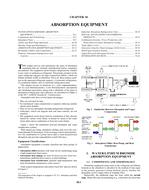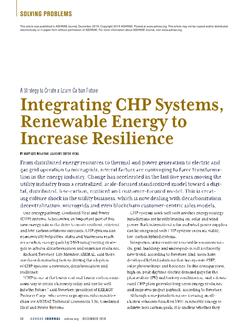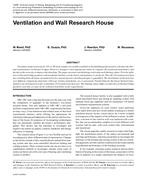A significant portion of a building’s unnecessary energy consumption can often be attributed to specific operational events, especially in large institutional buildings with complex energy-consuming sub-systems. Once identified, these events can be tracked automatically with regression techniques and an expert system on a desktop microcomputer using information and observations from daily on-site visits. A prototype methodology has been able to reduce energy consumption for a pilot building by 15%. The building is a university Recreation Center (Rec Center) previously studied by the authors (Haberl and Claridge 1985). The regression techniques, used in the prototype system, are similar to those used by others, for example the Princeton Scorekeeping method (CEES 1986), Balcomb (1980), Leslie (1985) and Palmiter and Hanford (1986). The complete methodology is new because the information from the regression-based, consumption predictor is passed to an expert system that makes suggestions concerning possible causes of abnormal consumption. The expert system uses a knowledge base assembled from the expertise of on-site maintenance personnel, as well as that of the authors gained over the six years the building has been under study. The methodology developed, the Building Energy Analysis CONsultant (BEACON) system (Haberl in progress), has two main components: an energy consumption predictor and an expert system that analyzes abnormal consumption. This paper describes the complete system and its structure and presents results from the application of the methodology to the Rec Center.
Units: I-P
Citation: Symposium, ASHRAE Transactions, 1987, vol. 93, pt. 1, New York, NY
Product Details
- Published:
- 1987
- Number of Pages:
- 20
- File Size:
- 1 file , 1.6 MB
- Product Code(s):
- D-NY-87-07-3


